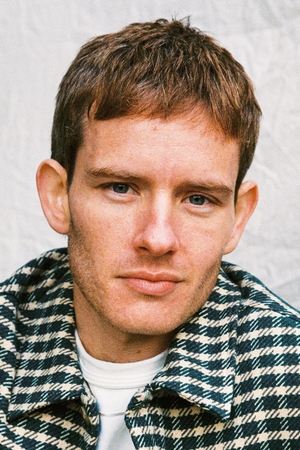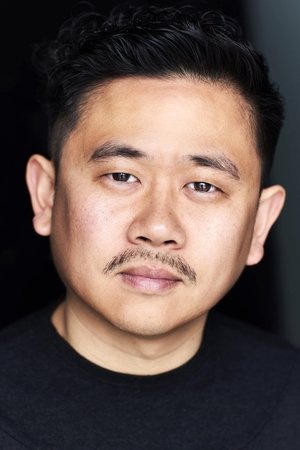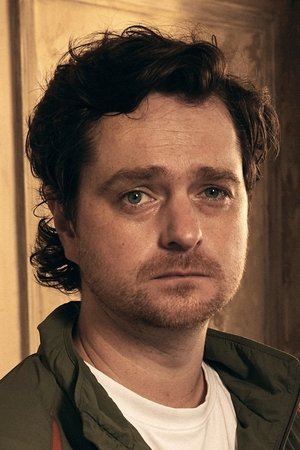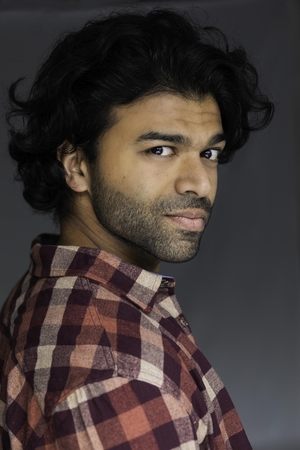Let’s talk about this forever after film
Together is a film that starts slow—almost too slow, with an opening that feels deliberately mundane, bordering on tedious. But just as you begin to question whether the payoff will be worth it, the film takes a sharp turn, delivering an ending that is equal parts poetic and grotesque. It’s as if the filmmakers ripped a page straight out of The Substance’s playbook, leaning heavily into visceral, unsettling imagery to leave a lasting impression.

While I appreciated the film’s ambition—exploring themes like grief, depression, risk, dependency, and conformity—its biggest flaw is that it never fully commits to any of these ideas. Instead, it skims the surface of each before zeroing in on one, leaving the others feeling underdeveloped. The result is a movie that could have been profound but ends up feeling uneven, caught between too many concepts and not enough depth.
The film opens with a quick character study, following Tim (Dave Franco) as he grapples with the loss of someone important. (Don’t worry—this isn’t much of a spoiler, as the death itself feels almost incidental to the larger story.) Then, in what feels like the fastest tonal shift imaginable, the movie pivots abruptly, making you think, Oh, it’s going to be one of those films. But don’t lose hope—it’s not.

Together doesn’t follow the typical “haunting” horror formula. Instead, it throws something far stranger into the mix—a twisted, body-horror-infused take on love, obsession, and the discovery of what it truly means to be a singularity. Unfortunately, some of the character decisions strain believability. Tim, for instance, is portrayed as so inept at basic survival that he drinks from a stagnant well instead of collecting rainwater. While you could argue that his poor judgment stems from trauma (a rushed backstory involving his parents is briefly mentioned), it feels less like a character trait and more like lazy writing—a cheap way to move the plot forward.

A few exposition-heavy scenes later, we meet Jamie (Damon Herriman), who delivers a solid performance despite being saddled with a frustratingly vague role. His brief, cryptic monologue near the end is visually striking, but it raises more questions than it answers. Was he the cult leader, or just a follower? What was the cult’s purpose? Did they worship something—a god, an entity, an idea? A friend suggested a possible connection to the Greek myth of Zeus splitting humans in half (a tale about soulmates), but the film offers no clear parallels, leaving the cult’s motivations feeling arbitrary and underdeveloped.

Even more frustrating is the lack of resolution regarding the cult’s fate. Did all its members merge into hybrid beings, as the ending implies? Or did they simply “thin out,” as Jamie claims? The film expects us to accept these vague explanations without providing enough context to make them satisfying.
(Alison Brie)as Millie always gives her all in her role, but even her talent can’t salvage a character stuck following a man with the decision-making skills of a concussed goldfish. (Then again, if my partner were that incompetent, I, too, might consider drastic measures.) Their relationship is portrayed as some kind of warped fairy tale—one where “forever after” takes on a far more literal (and horrifying) meaning.

In the end, Together is a film with a strong concept and memorable visuals, but it’s weighed down by too many unanswered questions and underdeveloped ideas. Dave Franco shines as a lovable yet infuriating idiot pouring himself into complete selflessness in a 180-degree character arc, and the body horror elements are effectively disturbing, like the lingering memory of the time you accidentally rubbed your fingers together after squeezing super glue on them. However, overall, it’s a film that almost works but never really feels complete.




























